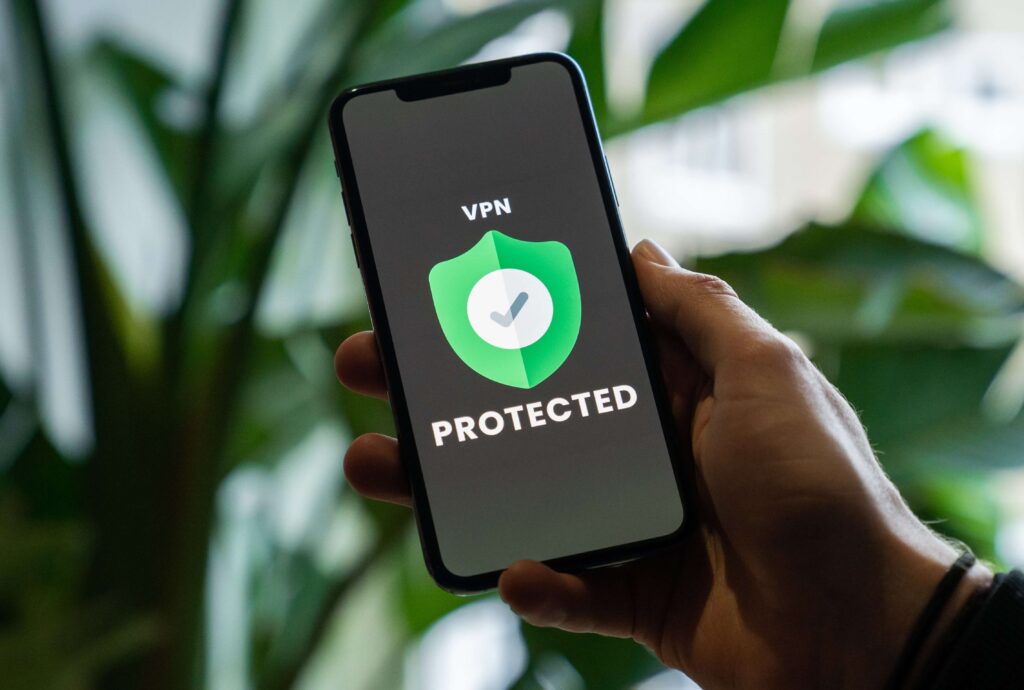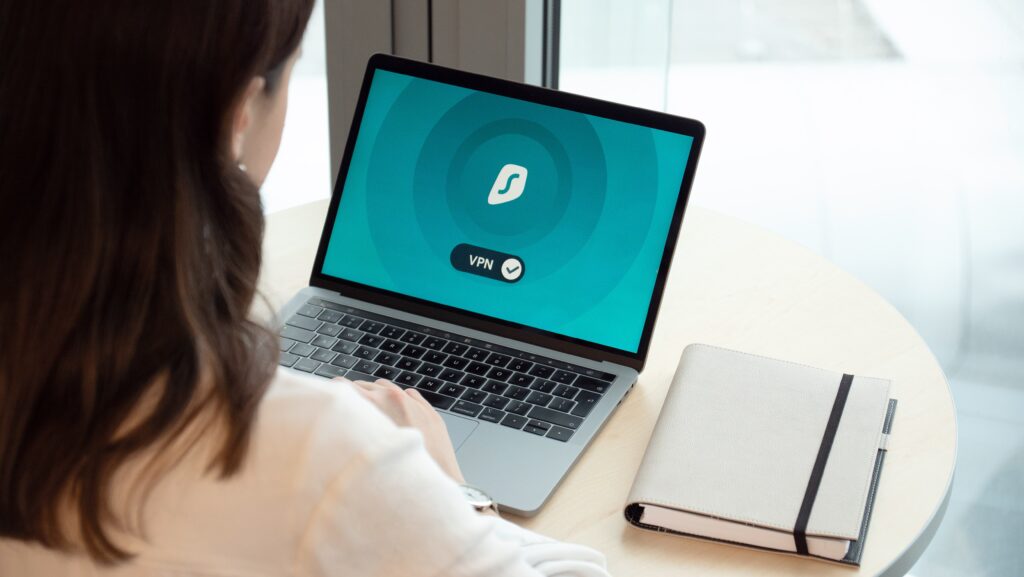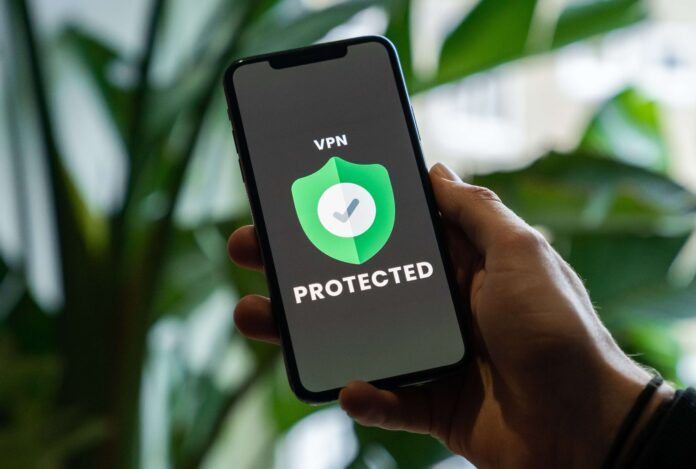What role do you and your nonprofit team play when it comes to collecting donor and supporter data?
Are you responsible for keeping their information private? Or are they responsible for it?
We’re covering data responsibility and how to do it better using donor database best practices:
What is Data Responsibility?
Nonprofits often need to collect large amounts of data to create more of an impact on their mission.
When a donor gives their contribution online, most online donation pages require certain information before the payment is processed.
For example, your online donation page may collect a name, an email address, or a physical address. It may also collect information like birthdays and credit card numbers.
All of that is data. And it’s the personal information of your constituents.
Data responsibility is the acknowledgment that the information is personal and that your organization now has access to it. So it’s your nonprofit’s responsibility to care for that information so it’s not compromised.

Who is Responsible for Keeping Data Safe in Your Organization?
This is a difficult question to answer because there still aren’t many laws regarding digital data and how organizations go about using it.
So while certain organizations say they won’t misuse personal information, there’s no entity or law to stop them!
If your nonprofit collects data, it is your organization’s responsibility to care for and protect that data as if it were your own.
Use These 4 Donor Database Best Practices to Maintain Data Responsibility:
But we wouldn’t tell you it’s your responsibility to protect your donors’ data without giving you the steps for it!
These 4 donor database best practices will help you maintain that data responsibility.
1. Collect As Little Data as Possible, While Still Being Thorough
Collecting any amount of data comes with inherent risk factors. But collecting larger amounts of data is, of course, riskier.
So only gather the information that you’re going to truly use. Otherwise, you’re taking risks with no reward.
As you collect data, be sure you’re not over-asking. Only collect the data your nonprofit needs.
If your nonprofit sends out direct mailers, then yes, you’ll want to collect physical addresses. But if your nonprofit doesn’t send out anything via physical mail, then consider whether you need to collect those addresses.
2. Build and Maintain Trust with Your Donors
When you collect information from your supporters, you then gain a certain level of power. You have something personal to them, and if you were malicious, you could do damage with the information they gave you.
But we know that’s not the case! You want to use that information for good. You want to use it to make more of an impact when it comes to your mission.
And you need to convey that you’re only using it for good to your supporters.
That’s why it’s so important to build and maintain trust with your donors!
One of the best ways to go about that is by being transparent with your supporters. If you are asking for an email address, they might question why. Tell them! Somewhere either on your nonprofit website or your online donation page, let them know why you’re asking for their email address.
Is it to send them a receipt after they make a monetary contribution? Is it to send them their tickets for an upcoming virtual event?
Are you going to use that email address to send them email campaigns? If that’s the case, say so, and allow them the opportunity to opt into that. Doing so goes much further than just randomly showing up in their inbox!
3. Have the Systems in Place to Back Up Your Trust
It’s one thing to say, “Hey, trust me!” It’s another to show someone you’re worthy of their trust.
So, be sure you’re ready to walk the walk, not just talk the talk!
If you’re collecting data and storing it somewhere, then donor database best practices say you should have something protecting that database.
If you don’t yet have cybersecurity software in place to protect donor information, don’t worry. You’re in the majority. The Nonprofit Technology Network reported that around 80% of nonprofit organizations don’t have a policy plan in place to protect against cyberattacks.
So if you don’t have a system in place yet, now’s the time! The best way to protect donor data is to read up on cybersecurity for nonprofits before anything happens.
Here’s a strategy you can adopt to make sure you’re using donor database best practices:
– Use Cybersecurity Software
Cybersecurity software is the best defense against any malicious activity regarding your nonprofit’s donor data.
By having this in place beforehand, you’re less likely to be attacked and harmed by hackers or malware.
And using this kind of software shows that your nonprofit does care about data responsibility – that goes a long way in building trust with your supporters!
– Implement Administrative Controls
Very rarely does everyone need access to all data at all times. This may be the case in very small organizations, where all hands are on deck.
If you have a mid-size or larger nonprofit, then we recommend only giving administrative control to the nonprofit professionals who need and use the donor data.
For example, does your social media team need access to your donor database? Probably not! If that’s the case, then there’s no need to give the social media team members a password for it.
– Train Your Team Members for Cybersecurity
For those nonprofit professionals who do have access to databases, make sure they’re trained appropriately.
That involves knowing what key signs to look for in case of a hacker or any suspicious activity.
It also involves knowing cybersecurity best practices like never giving out passwords or login information.
Effectively training your nonprofit staff is a great way to utilize donor database best practices!
And you can get started with nonprofit training with a free webinar at CharityHowTo.
Watch the FREE Training on Cybersecurity for Nonprofits!
4. Never Share, Sell, or Buy Nonprofit Data
And speaking of sharing login credentials, be sure you and your nonprofit team never share, sell, or buy nonprofit data.
By doing so, you’re going back on your word to your donors that they can trust you. So assume your data responsibility and keep donor information within your nonprofit.

Since nonprofits rely so heavily on collecting information, it’s our job to make sure everyone’s personal data is protected.
That’s the main takeaway from data responsibility! And it’s easier to do when you follow these 4 donor database best practices.
Want more related to this? Check out these posts!
The Top 6 Nonprofit Cybersecurity Software to Protect Your Mission
Your Easy to Understand Guide on Cybersecurity for Nonprofits and How to Protect Your Mission
How Does a Donor Database for Nonprofits Boost Your Cause (Plus How to Get It!)


